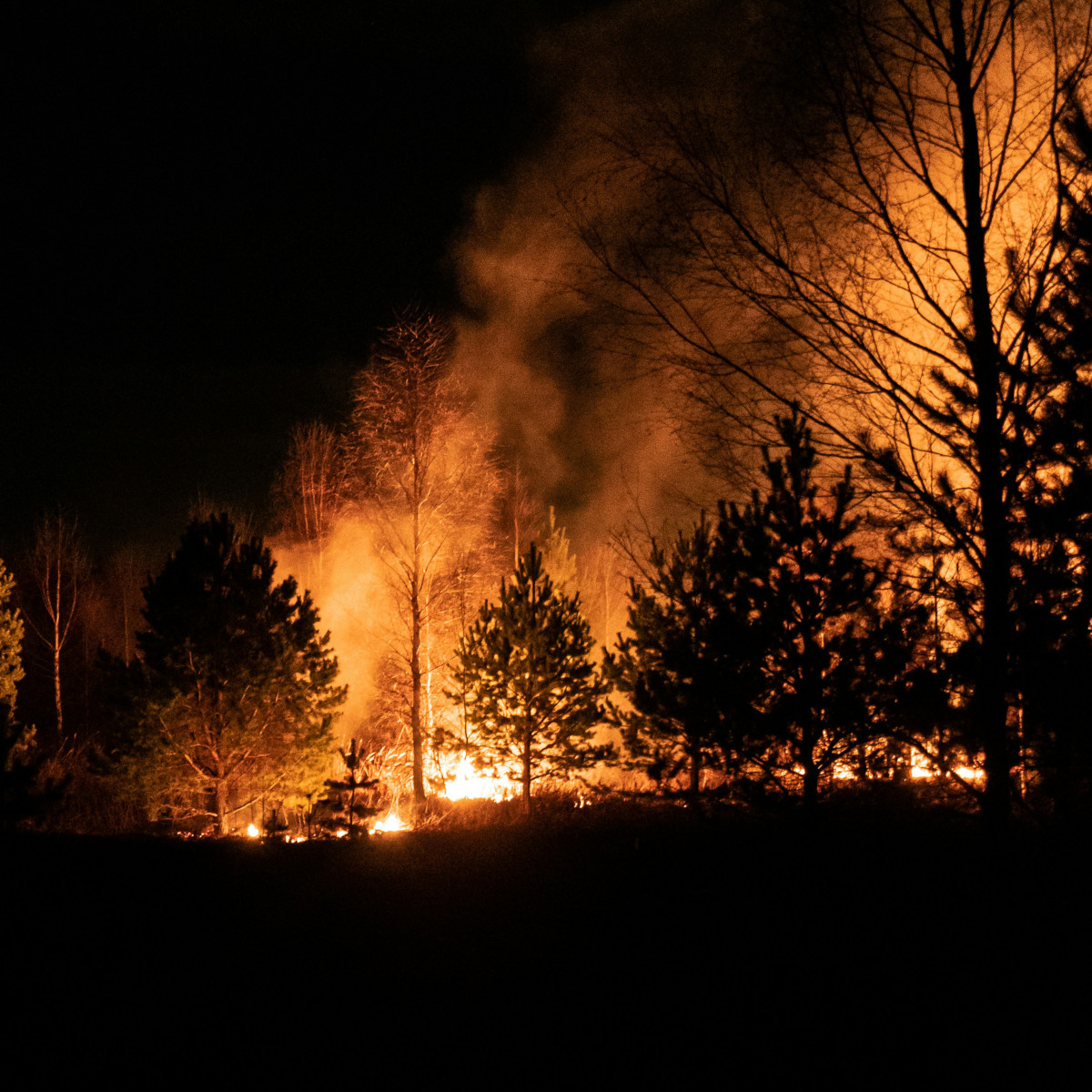List of hackathon projects
Hackathon projects solve real problems. Working as a team, use Data Science to solve challenges posed by partner companies.
Hackathon projects are an essential component of the Green Data Science master programme. Data Science problems proposed by companies or entities are worked on by teams of at least five students, providing real work experience. The word Hackathon comes from hacker+marathon, which means challenge to reach the goal!
Benefits of Hackathon Projects
- work with real problems
- train and apply acquired skills to complex problems
- work in collaborative teams
I want to propose a data science problem!
If, at your company or entity, you have a data science problem, and you would like it to be solved by one of our hackathon teams, you can become a partner company or entity of the Green Data Science. See how at PARTNERSHIPS.

List of Hackathon projects
The following projects were developed by the Hackathon teams

AGROGES Quercus Project - Forest Inventory Optimization
Photo by Natacha de Hepcée on Unsplash

Wildfire Priority Prediction - Data Pipeline Enhancement
Photo by Egor Vikhrev on Unsplash

irrig.ISA Dashboard - Sustainable Water Management for Irrigation
Photo by Jonathan Hislop on Unsplash

Eucalyptus Weevil Management - Defoliation Prediction and Biological Control Optimization
Photo by Soliman Cifuentes on Unsplash

Raspberry harvest forecasting challenge
Photo by Zach Inglis on Unsplash

Prioritization of occurrences and allocation of means to combat forest fires
Photo by Egor Vikhrev on Unsplash
List of Hackathon workshops
- 2024 - Data Science Hackathon Workshop: CHALLENGES AND PROBLEM SOLVING WITH DATA SCIENCE IN NATURAL RESOURCES AND ENVIRONMENT, 11th October 2024.
- 2023 - Data Science Hackathon Workshop: CHALLENGES AND PROBLEM SOLVING WITH DATA SCIENCE IN NATURAL RESOURCES AND ENVIRONMENT, 6th October 2023.